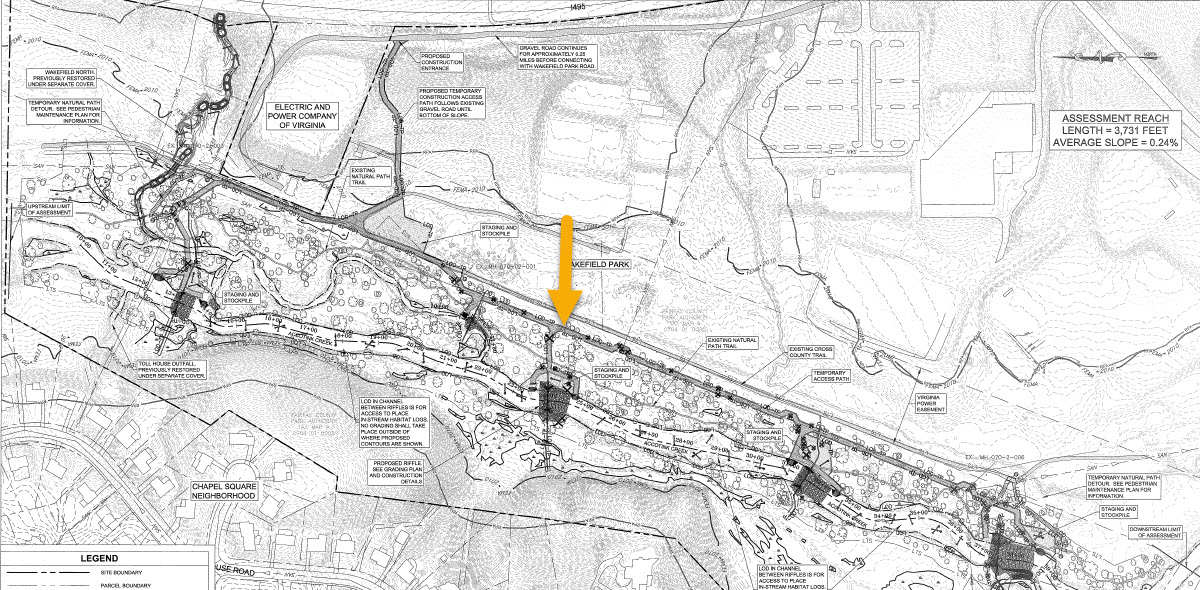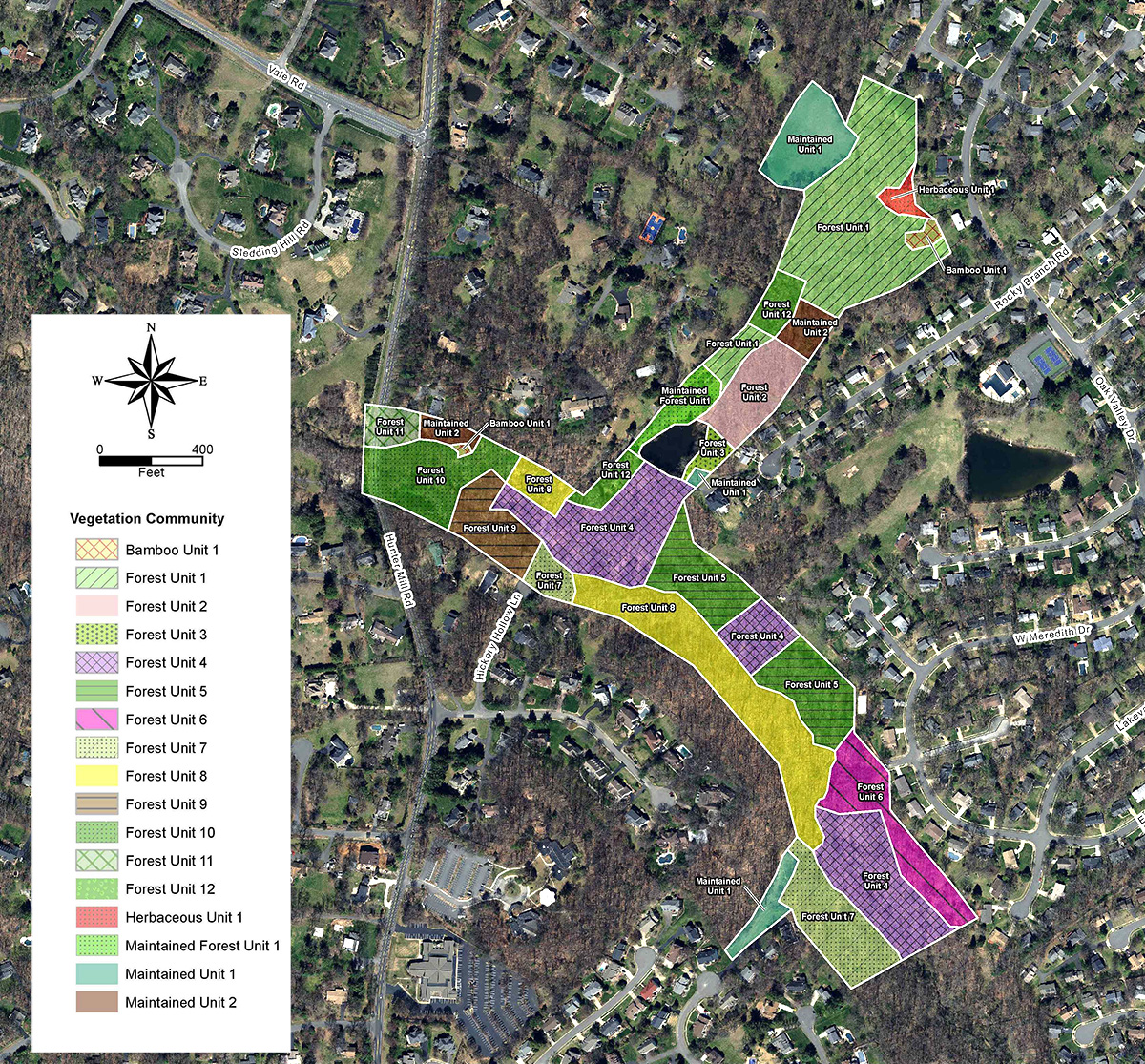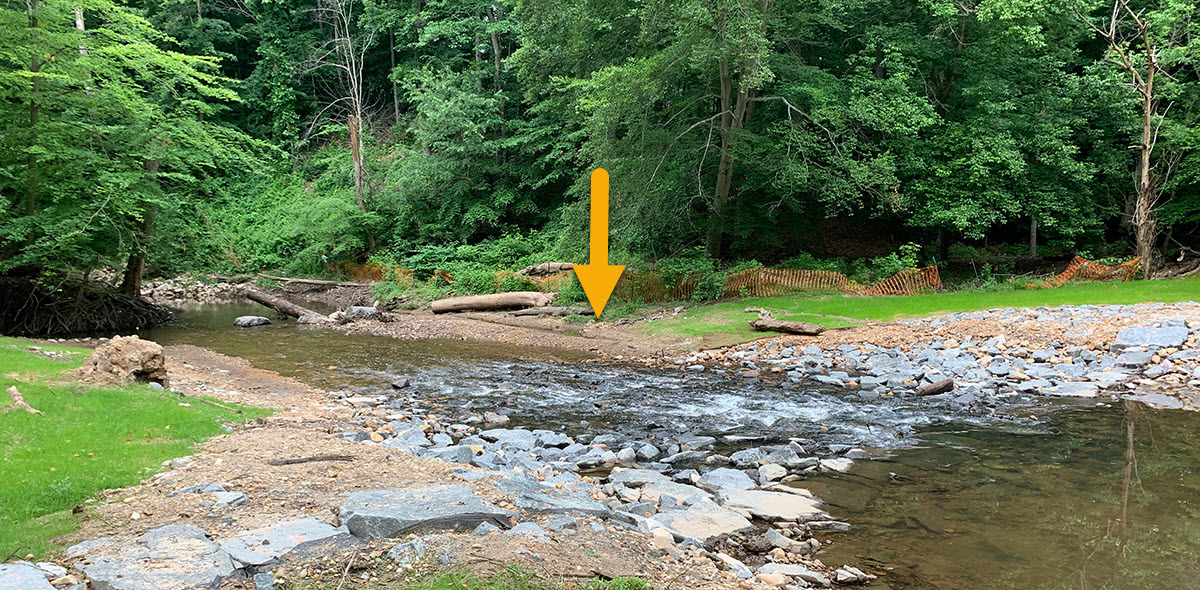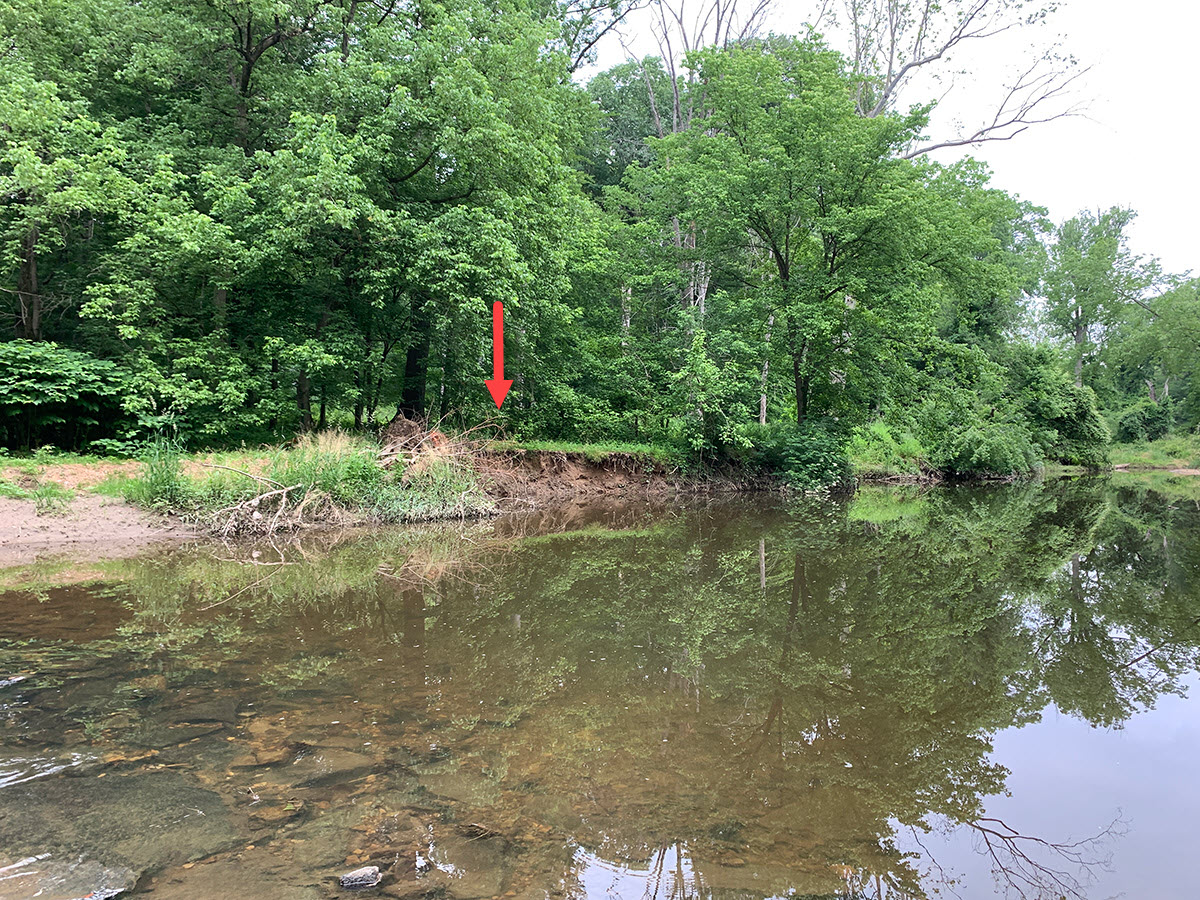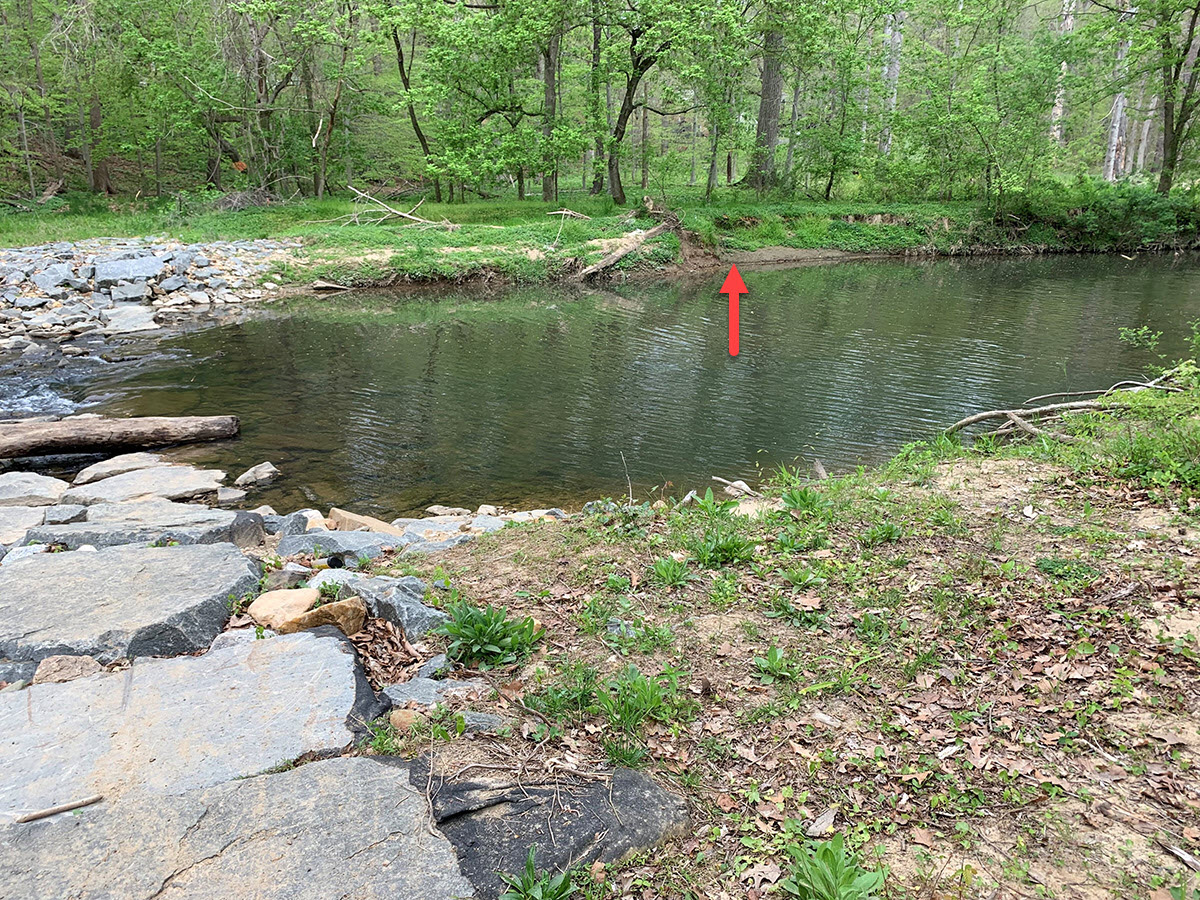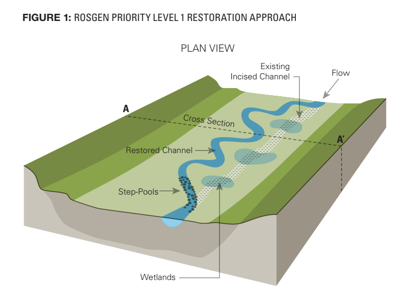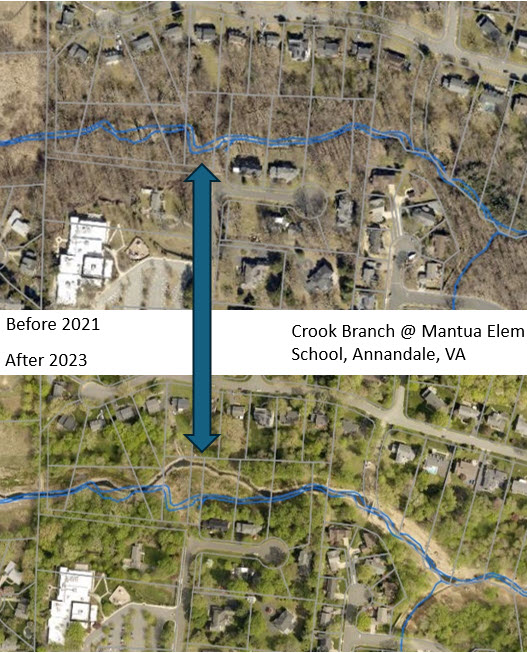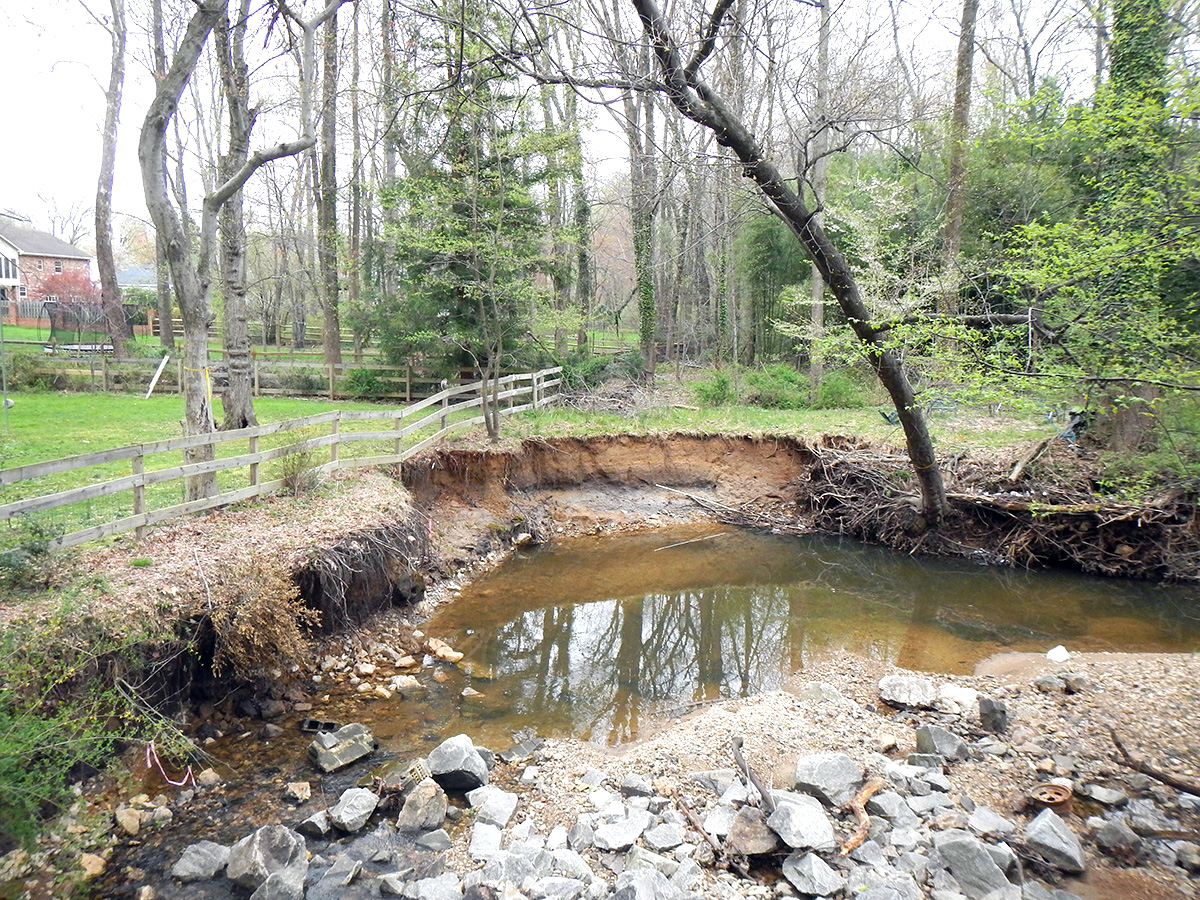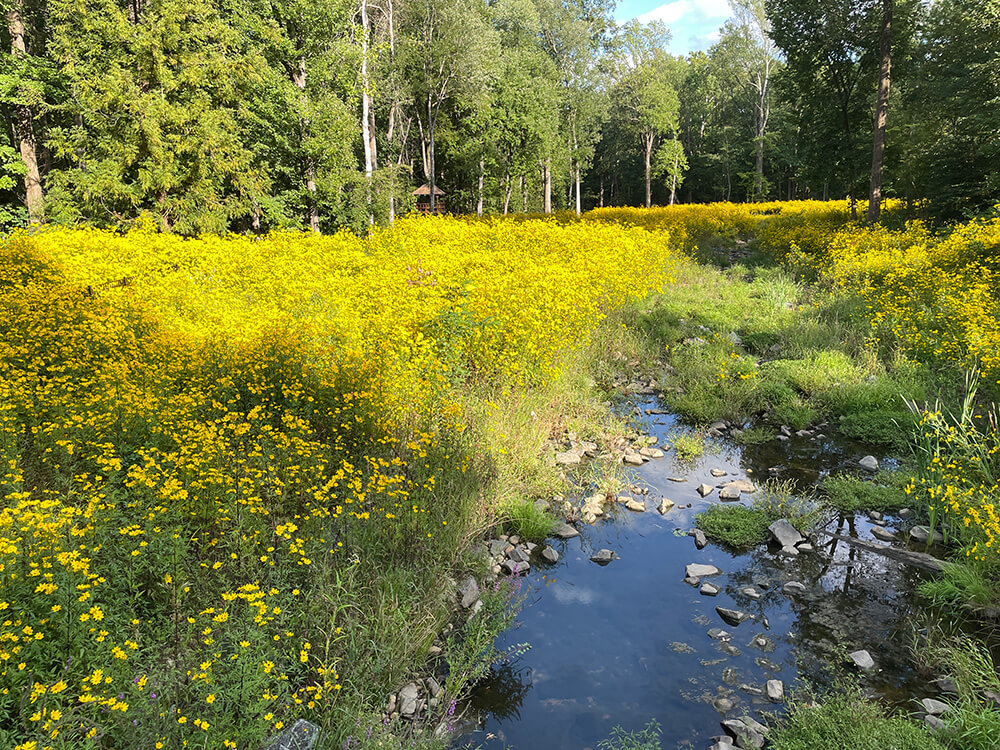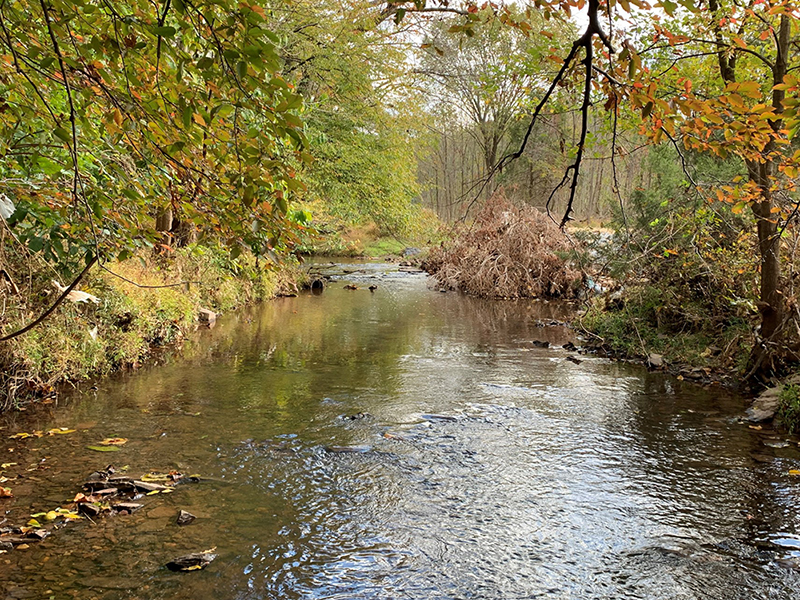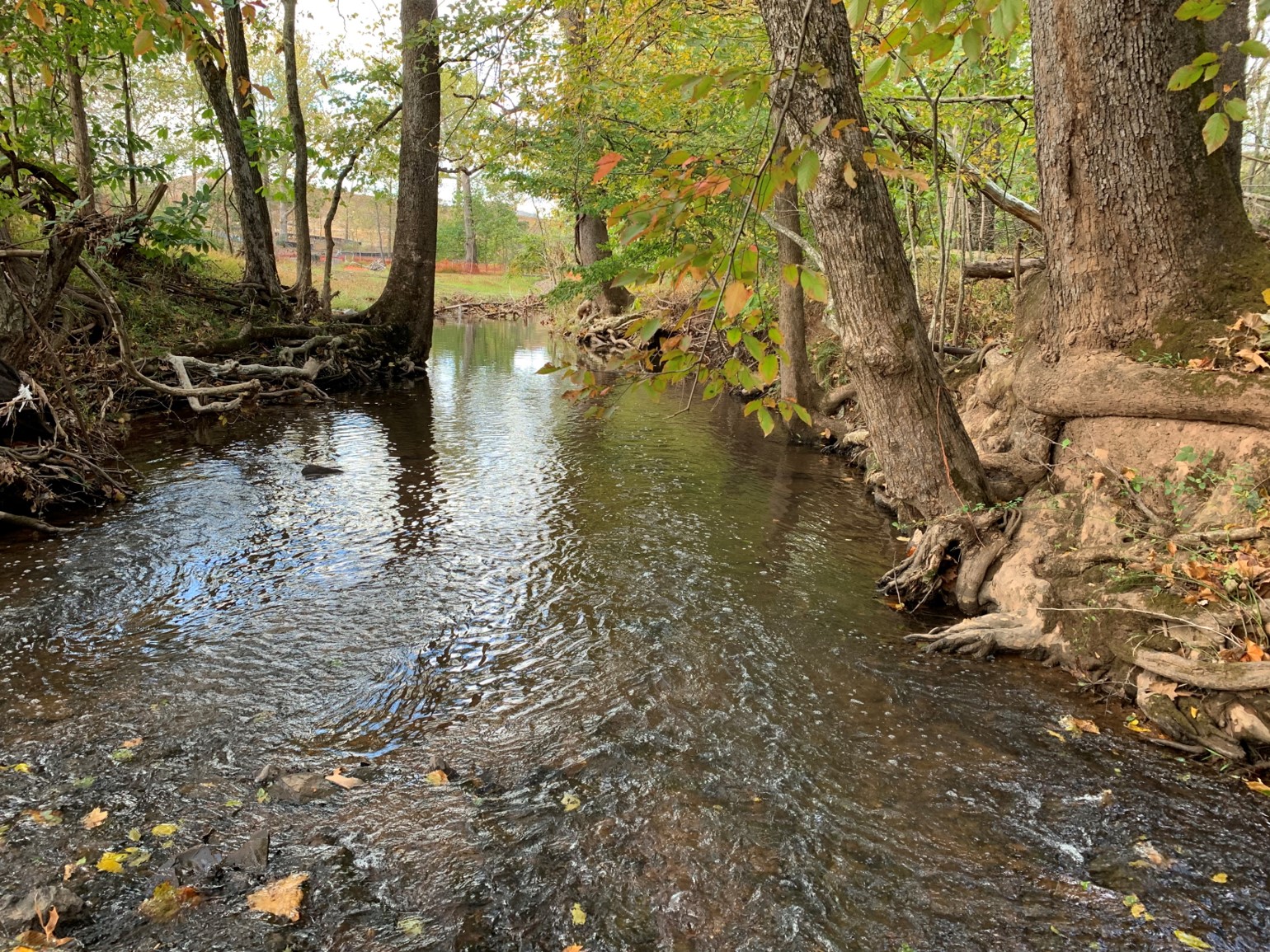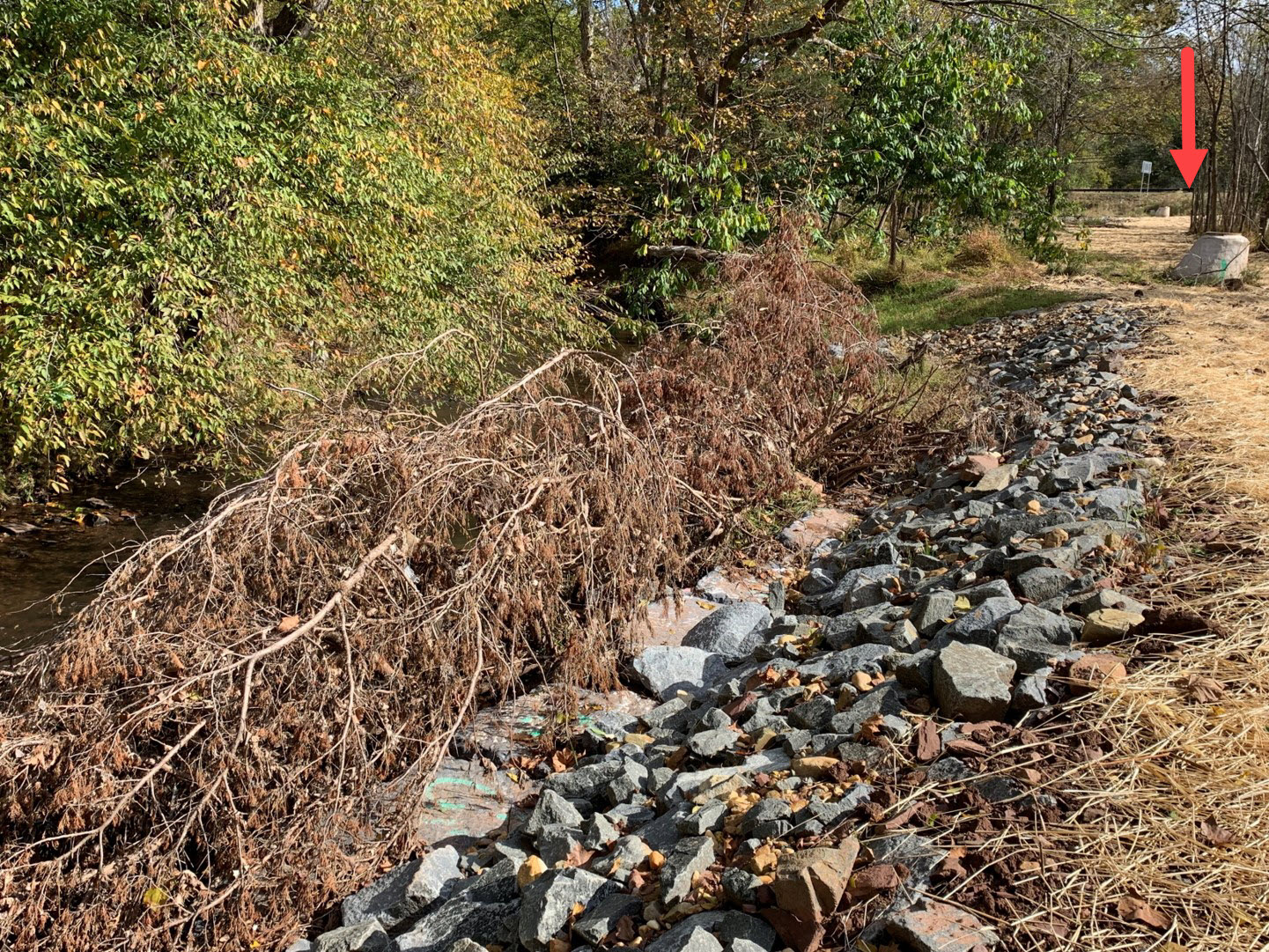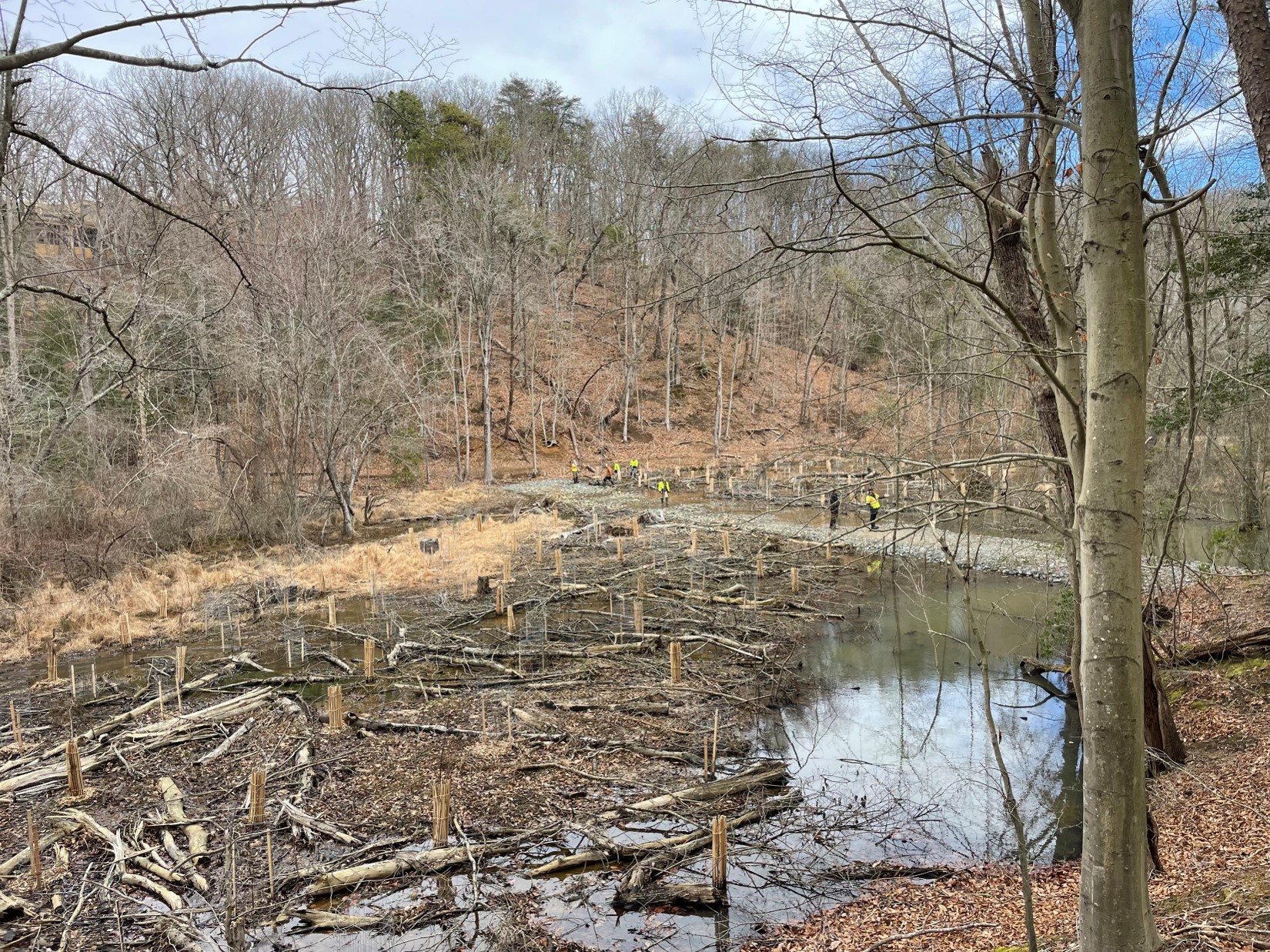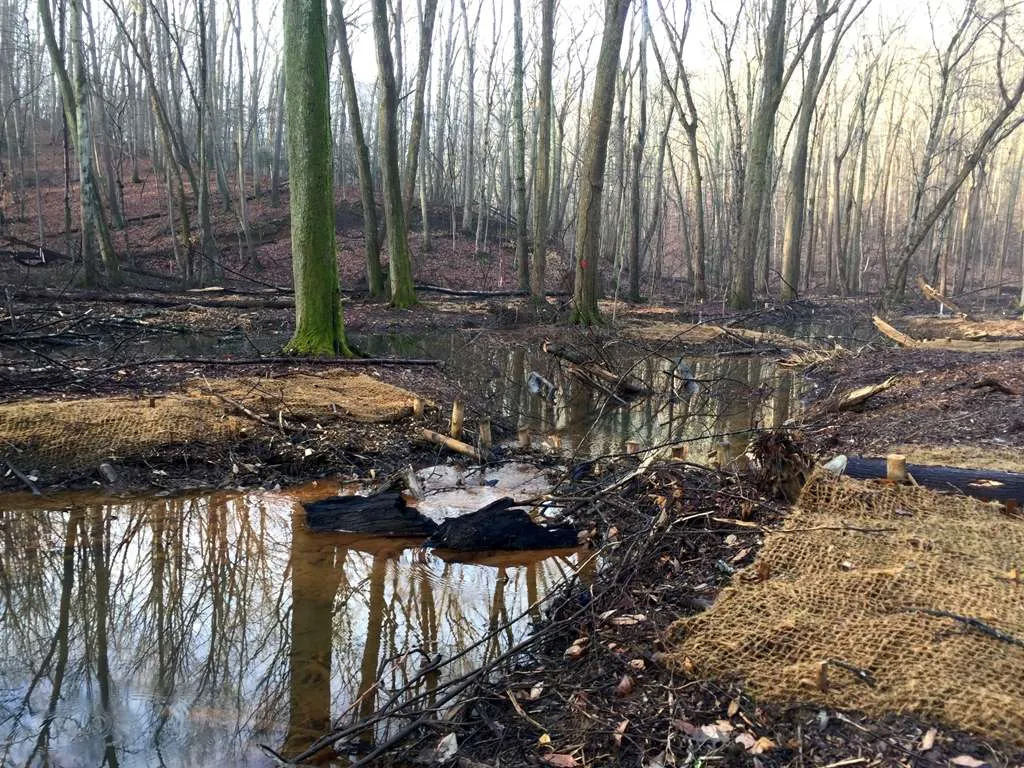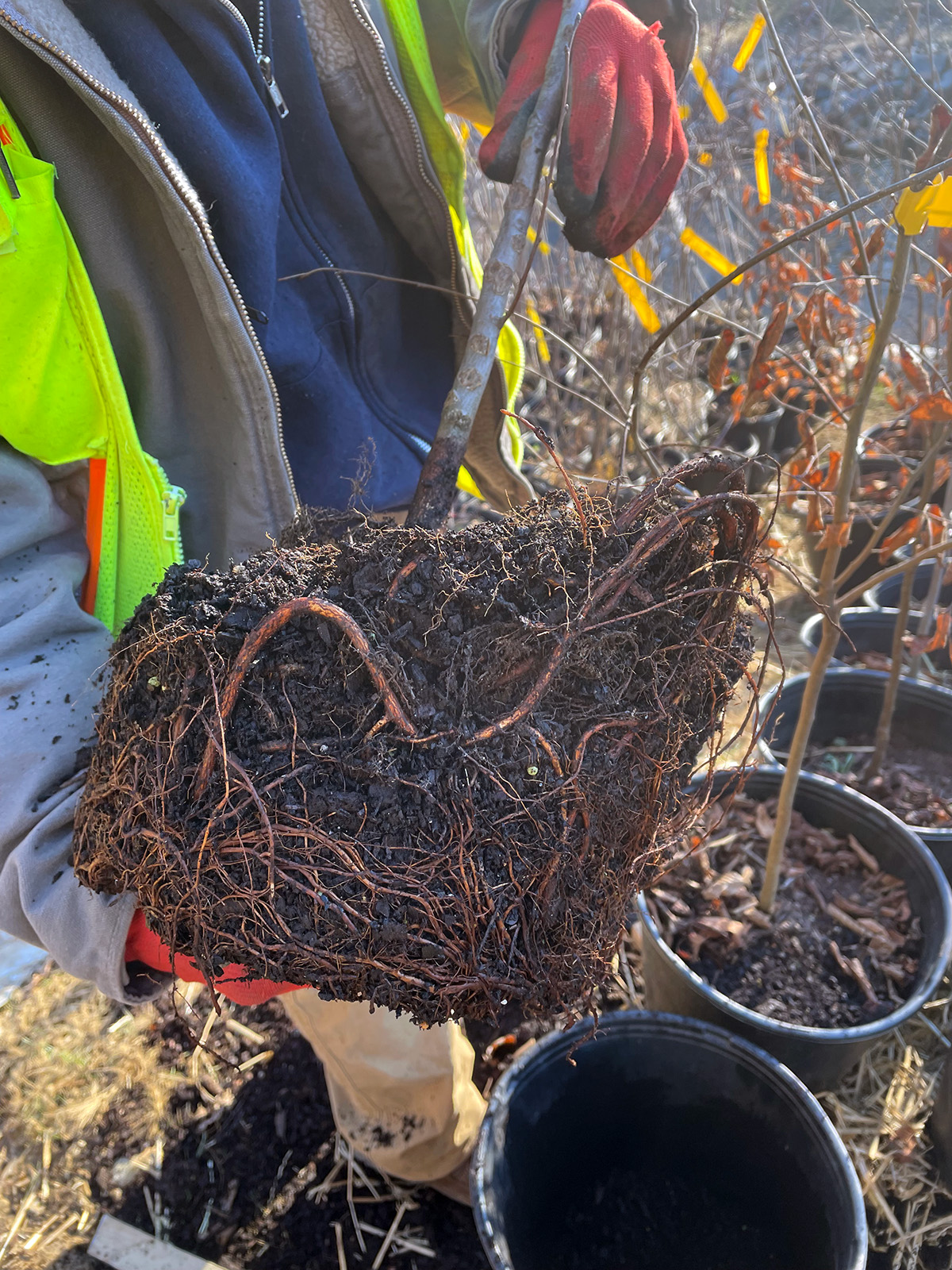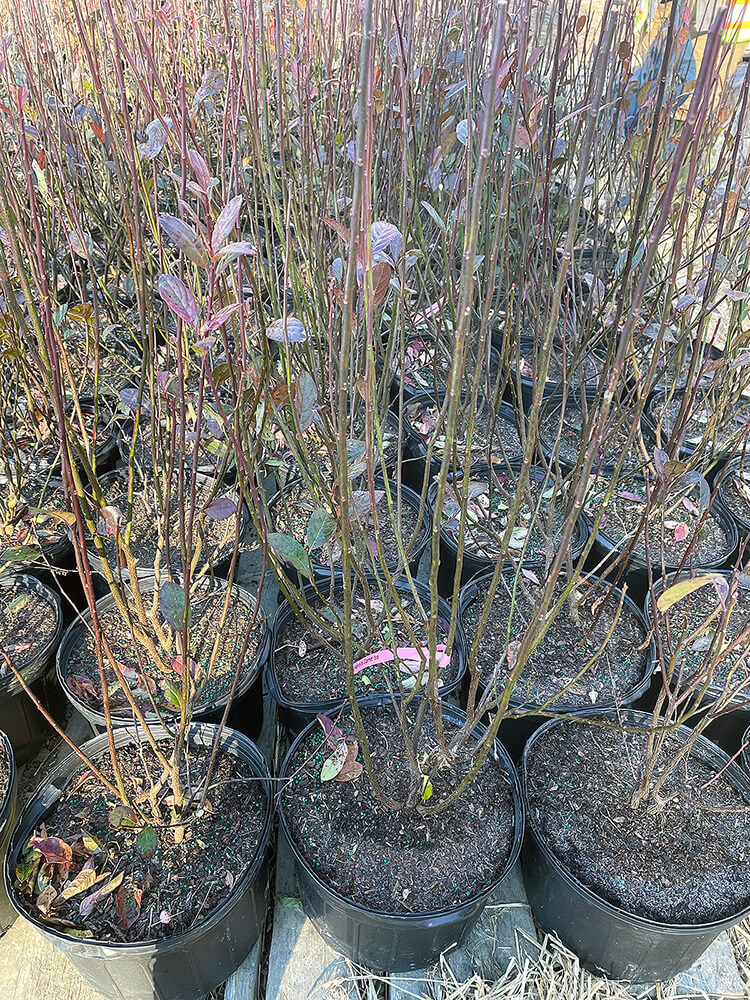Stream Restoration Categories
Stream restoration methods can be divided into two main categories:
- Functions-Based Restoration - This approach aims to make the stream healthier without changing its shape.
- Form-Based Restoration - This approach changes the shape of the stream to better handle storm flows and sediment.
Deciding whether to use a Functions-Based or Form-Based approach depends on several factors, including the project's location, the amount of development around the stream, how much runoff the stream gets, the condition of the forest around the stream, the needs of the people who live nearby, and the project's goals.


